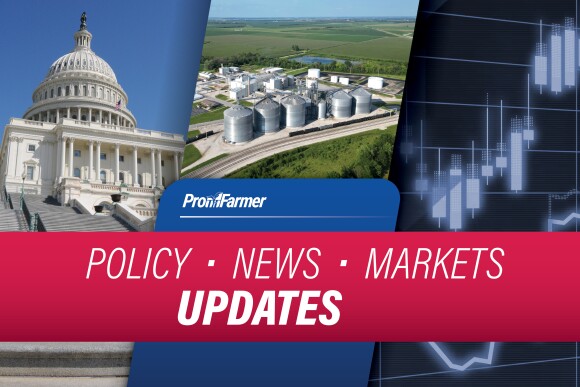Policy Update
Last week, the U.S. Department of Agriculture released analysis of public comments on its sweeping reorganization plan, revealing the vast majority of feedback to be negative.
Yesterday, President Trump signed an executive order to lift the 40% tariffs imposed in July on certain Brazilian agricultural imports, including beef, coffee, cocoa and fruit.
A new survey by American Bankers Association and Farmer Mac reveals a sharp drop in lender expectations for 2025.
Amid recent trade activity, USDA Deputy Secretary Stephen Vaden signaled this week that major export commitments are changing the calculus for potential domestic farmer assistance.
China has purchased at least 14 cargoes of U.S. soybeans for shipment in December and January—around 840,000 metric tons—marking its largest single buying round of U.S. beans since at least January.
EPA and the Army Corps of Engineers unveiled a revised rule on Monday aimed at clearer permitting and fewer regulatory surprises, such as narrowing which water features fall under federal oversight and confirming exclusions.
New USDA export data show that China has bought only a small fraction of the U.S. soybeans it pledged after last month’s meeting between Donald Trump and Xi Jinping.
Late last night, President Trump signed a congressional funding measure after the House voted to approve it 222-209, ending the record long federal government shutdown.
Just two weeks after the announced trade truce between China and the United States, Chinese purchases of American soybeans have unexpectedly stagnated, and traders now say they see no new orders coming in.
The USDA is fighting court orders to distribute full Supplemental Nutrition Assistance Program (SNAP) benefits for November despite the looming reopening of the federal government.
Passed by the Senate last night, a new stopgap spending bill to fund the government through January 30 includes a one-year extension of key Farm Bill programs.




